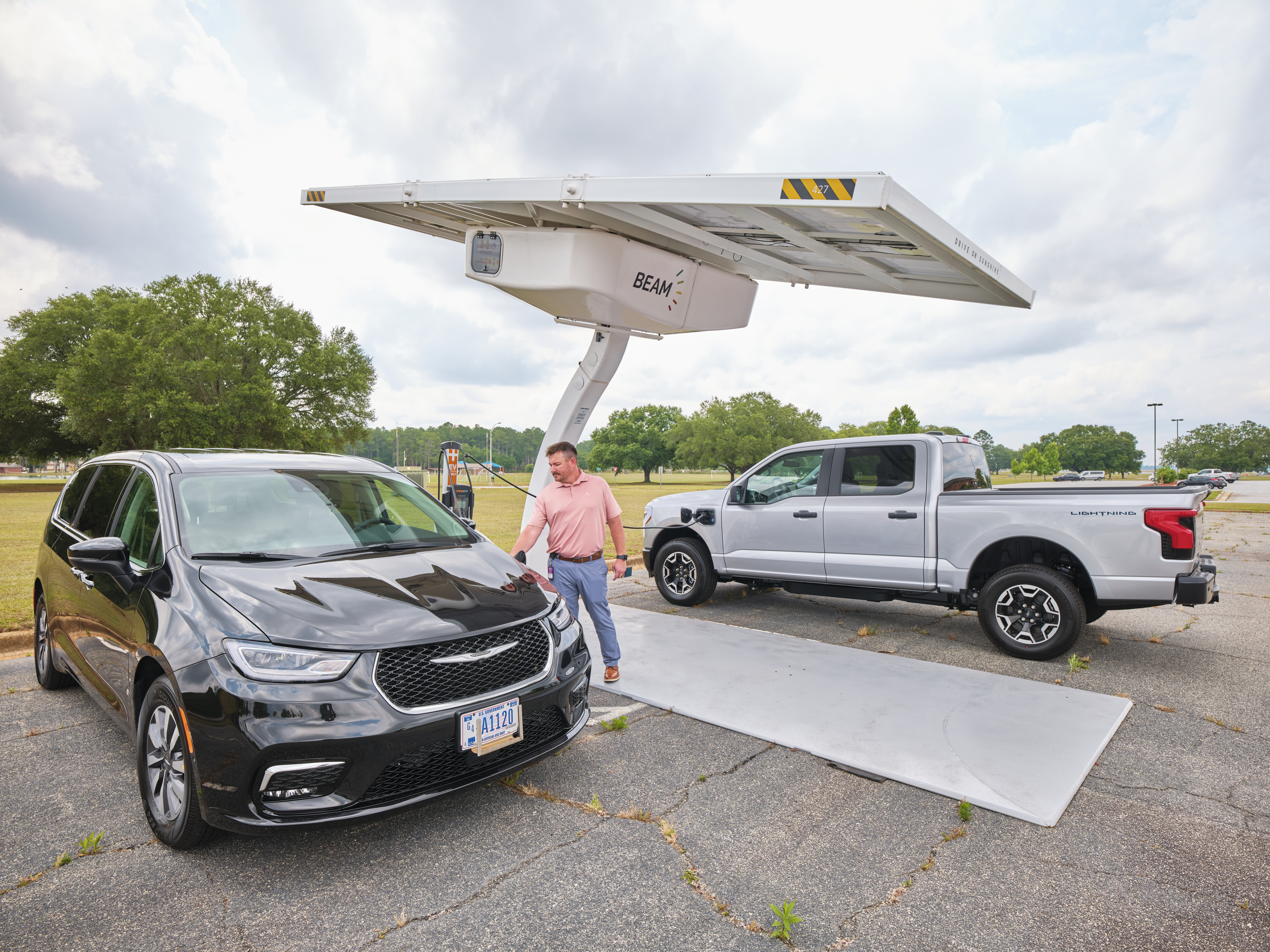The United States could meet its climate targets by 2050 by reaching net-zero emissions — the state in which the amount of greenhouse gases released into the atmosphere is balanced by the amount removed — but only if lawmakers take immediate action. To reach net-zero, the U.S. will need to focus on making electric vehicles more accessible to consumers, decarbonizing buildings, and increasing the use of clean energy. That’s according to a new report from ICF Climate Center, a global advisory and technology services provider.
“Through a combination of new investment, incentives, policies, and mandates, it’s possible to put the U.S. on a path toward a net-zero economy,” wrote the authors of the report. “Transitioning to a net-zero economy would be costly and complex, but by navigating this intricate web, the U.S. could weave a future that sidesteps the worst impacts of climate change.”
According to the ICF, electric vehicle use needs to increase by more than 100x of the current number of EVs on the road by 2050. The Inflation Reduction Act encourages consumers to buy electric vehicles through tax credits, but will only result in an estimated 100 million EVs taking to roads by 2050. To reach net-zero, the report says, the United States needs to ramp up battery manufacturing, maintain consumer excitement for electric vehicles, provide more charging stations, particularly in rural areas, and provide access to electric vehicles for lower-income households.
But to meet climate goals, lawmakers will have to look beyond just electric vehicles. According to ICF, there are roughly 110 million buildings in the U.S., which are responsible for 35 percent of the country’s total energy-related greenhouse gas emissions. Most of those emissions come from electricity use and fossil fuels burned for heating. However, more than one billion energy efficient repairs and measures need to be taken to decarbonize buildings, such as installing high efficiency lighting and lighting control systems, or high efficiency appliances like boilers, furnaces, hot water heaters, and air-conditioning devices.
The report shows a need for rapidly ramping up clean energy to meet net-zero goals. The authors suggest making renewable energy 85 percent of the country’s total electricity generation. To do so would require minimizing the use of other sources like natural gas, coal, and fossil fuels from an estimated 60 percent in 2022 to nearly zero in 2050. That way, by 2050, most of the U.S.’s energy generation would come from renewable wind, solar, and hydro sources, with the rest coming from low- or zero-carbon dispatchable or reliable resources.
“While renewable generation increases significantly over time, the sun isn’t always shining, and the wind isn’t always blowing,” wrote the authors. “In order to create a balanced, reliable supply of renewable electricity, storage capacity from sources such as batteries would also need to rise from a negligible amount in 2022 to hundreds of gigawatts by 2050.”
Correction: This article was corrected to reflect the number of EVs based on the current EV stock, not the EV stock projected for 2050.




